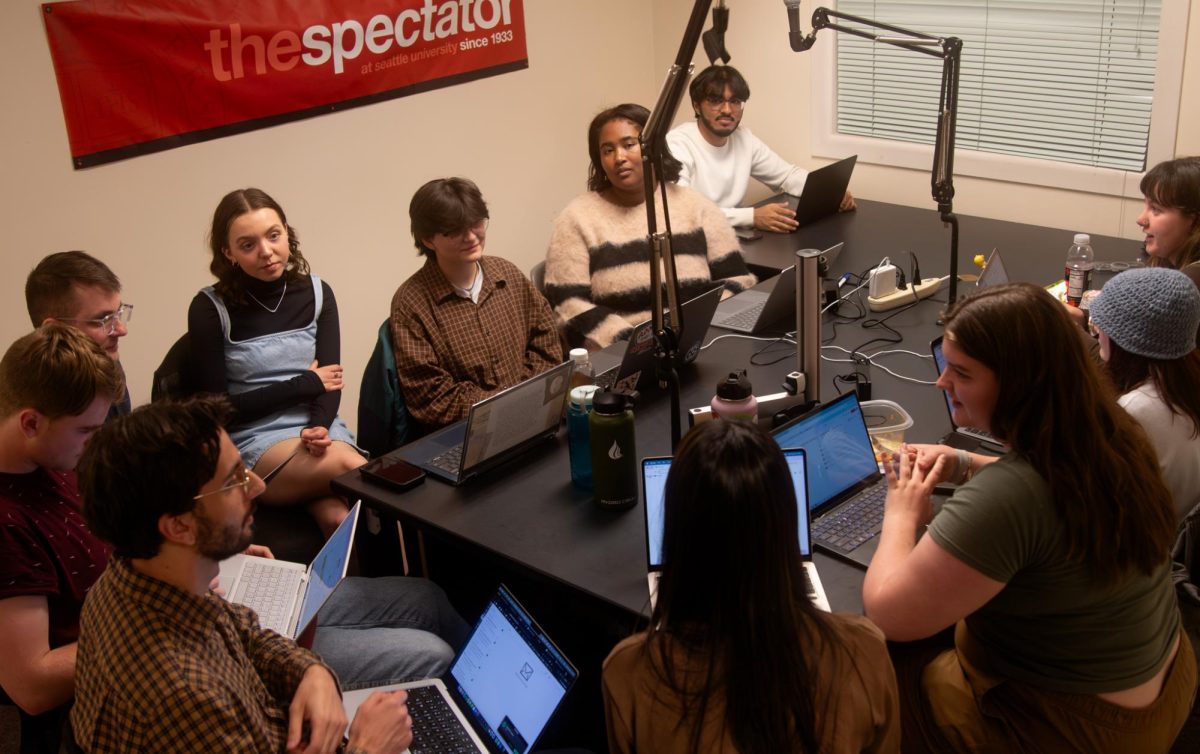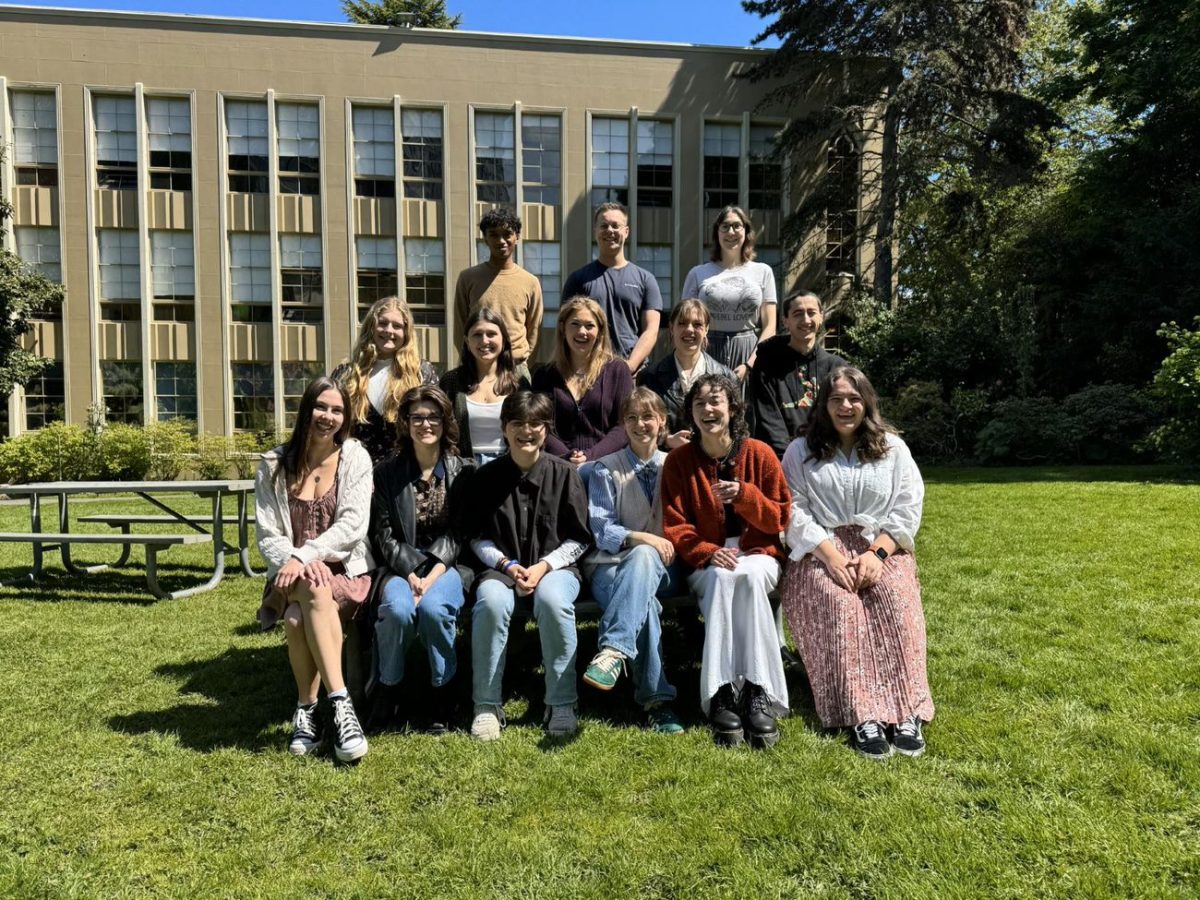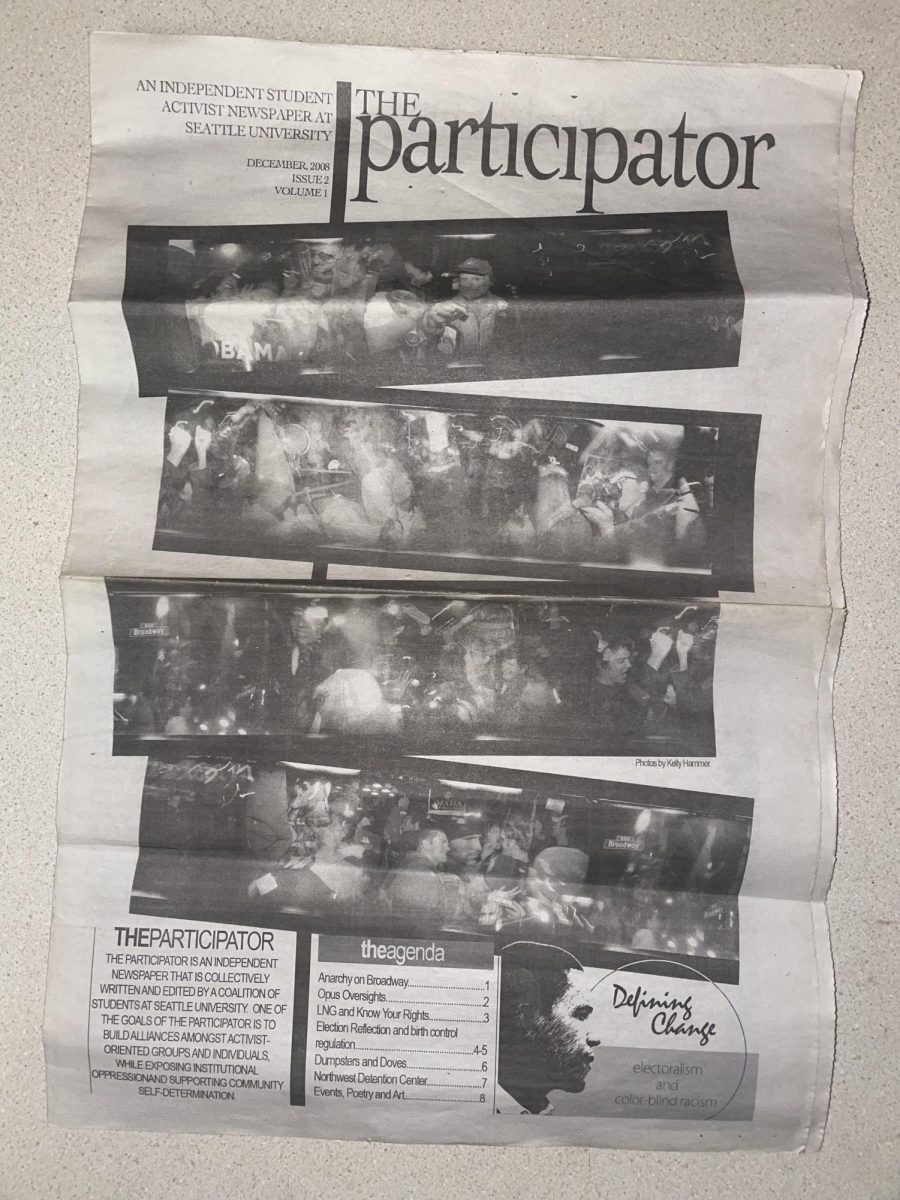After taking several lecture-style courses, some may find themselves unprepared when faced with a real-world problem. So, what if you could spend more time solving problems from potential employers while still in the classroom?
In the upcoming academic year, a team of four Seattle University professors will get the opportunity to implement a new experimental teaching style involving a combination of an inverted classroom and problem based learning into a mechanical engineering class thanks to a $171,306 grant from the National Science Foundation (NSF).
Although the grant may seem a hefty to some, it is actually a relatively small expenditure for the organization.
The NSF is an enormous federal government agency with an annual budget of approximately $7 billion that funds research and education in the sciences and engineering.
The inverted classroom experiment essentially moves lectures online and allows students and professors to spend valuable class time on actual problem solving.
“This is as much of a new class as it is an experiment to see how it works,” said Greg Mason, associate professor of mechanical engineering. “This year we will teach the standard way with a lecture and a lab to collect info on how it is learned. Next year will be the new method. In problem based learning you are given a complex problem that is difficult to answer at first and slowly work through it by learning new topics. The problems are designed to guide the student’s learning.”
All the time in the classroom will be spent on solving these problems as all lectures will take place online as well as other interactive resources. These problems should be very beneficial as they more closely present real world situations rather than problems out of a textbook.
“These problems will be coming from real industries,” said Teodora Shuman, associate professor of mechanical engineering. “They are real engineering problems for a junior level course. Some of the industry partners we have are Amazon, Olympus and several other local companies.”
The benefits from this new form of teaching were considered worthy of the grant.
“The idea is cool and engineering education needs to change,” Shuman said. “The NSF is recognizing that there needs to be new ideas in the classroom to improve education. Most students come out as engineers and it takes a while for them to get up to speed and actually solve problems. With this approach, they are one step ahead.”
Yen-Lin Han, a mechanical engineering lecturer, added “it is important to bring the industrial partners into the mix to look at potential careers.”
One person who played a key role in acquiring the grant was Associate Professor of Psychology Kathleen Cook.
“My role was explaining in what ways the teaching proposal would deliver,” Cook said. “I have an expertise in social psychology and going forward I will be focusing on the assessment of the class. I am developing all the measures to compare the traditional and inverted classroom to see if it is more effective.”
Once this class begins next year, data will be collected to see if students learn better under this new method. Using the data, the teachers will be able to modify how problems are presented to students and analyze what kind of skills are being addressed in those problems. Once they are able to assess the class, their findings will be published. This way, other programs can look at the data and decide if they want to apply this method of teaching to their classes as well.
“This model is very applicable to the school,” Shuman said. “It is easily transferrable to other programs and other universities can use it and tap into industrial partners.”
Although this class is an experiment, the teaching methods could be promising and depending on the results of the assessments, might expand.
“It’s a really good model for any program or major where the focus is doing actual problem solving as it relates to the real world,” Cook said. “You spend more time in the class doing and more time going over material outside of class. They spend more time in the class on problem solving which would be useful to a variety of majors and programs here and at other schools.”
Teachers are always looking for better ways to help students learn and apply information. Using industrial partners will allow the student to solve the actual problems that they would face in their line of work while theory would be learned through the inverted classroom. The National Science Foundation certainly believes that this method of teaching could go a long way in helping a student learn and preparing them for life after graduation.
“It will better both their knowledge and employability,” Cook said.











